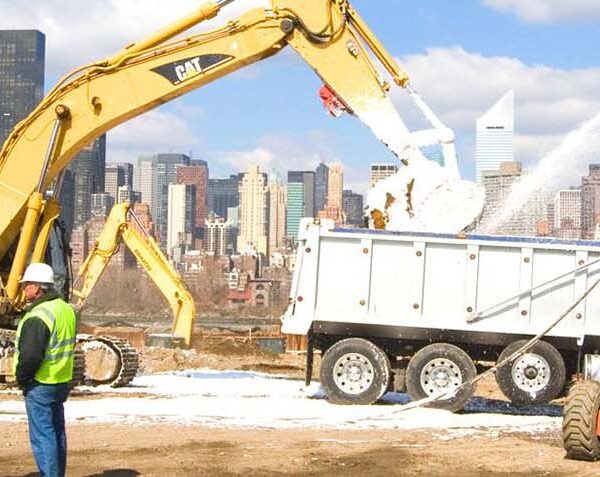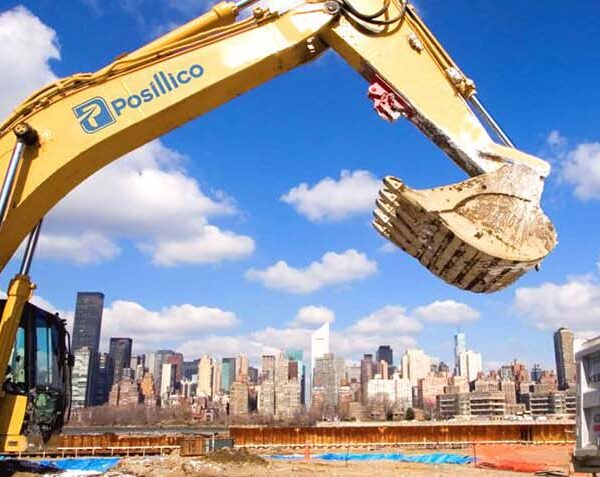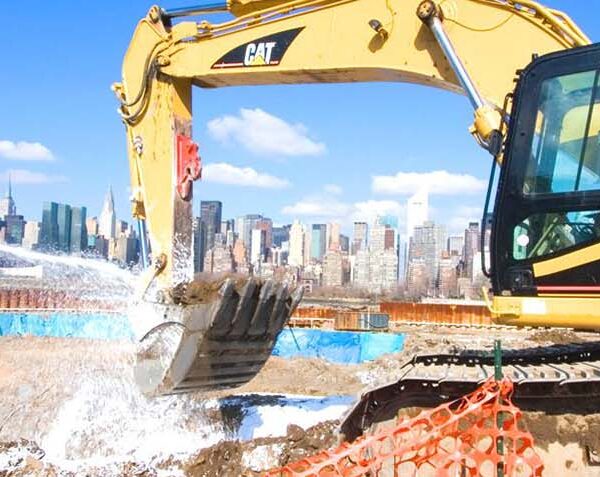Vernon Boulevard Remediation
Location:
Long Island City, NY
Client:
Private Owner
Contract Value:
$24 million
Project Dates:
2005 to 2008
- Total Restoration of Site Facilities, Including Recycling of Waste Material
- Transportation and Disposal of Contaminated Soils
- Turnkey Services in a Multitude of Process Treatment Systems
- Remediation
- Thorough on-site Sampling; Testing and Analysis of Soils
PROJECT OVERVIEW
The Vernon Boulevard project involves a 1 million square foot mixed-use development along the East River in Long Island City, Queens. In order to begin construction of the development, over 140 thousand tons of contaminated soil had to be excavated and disposed of.
WHAT MADE THIS JOB COMPLEX
The site required various complicated support and excavation systems, including steel sheeting, drilled and driven soldier piles with timber lagging and underpinning of an NYC Board of Education building. Because remediation depths were in excess of 40 feet below grade and in many cases to bedrock, an extensive dewatering system with onsite treatment was installed. This allowed Posillico to remove and discharge over 200 million gallons of water directly to the East River. Further complicating the project were the odorous soils being excavated and the public awareness surrounding the project.
HOW POSILLICO SOLVED IT
Since the local combined sewer system was unable to accept the volume of water that needed to be discharged, Posillico developed a solution to discharge the water directly to the East River after treatment. Thereby, saving the client over $750,000 in municipal discharge fees. Due to the surrounding community, Posillico committed to mitigating all offensive odors leaving the job site. This required extensive planning and training. An odor control plan was instituted which included the erection of a 130′ by 200′ negative pressure enclosure. The air containment structure was utilized to cover the most contaminated and odorous areas of the project. The air within the enclosure was continuously exchanged and filtered with a one hundred thousand cubic feet per minute air filtration system.




